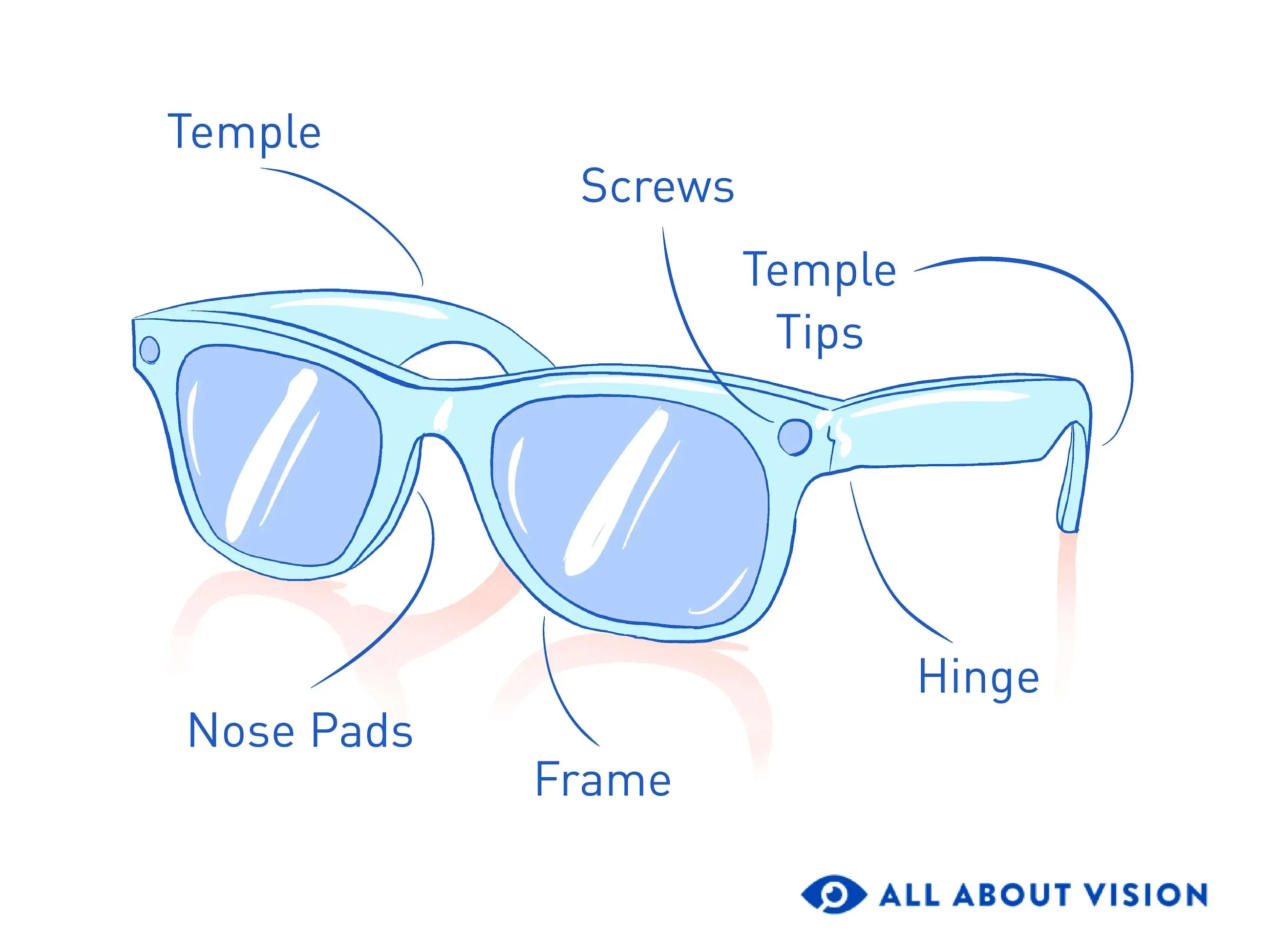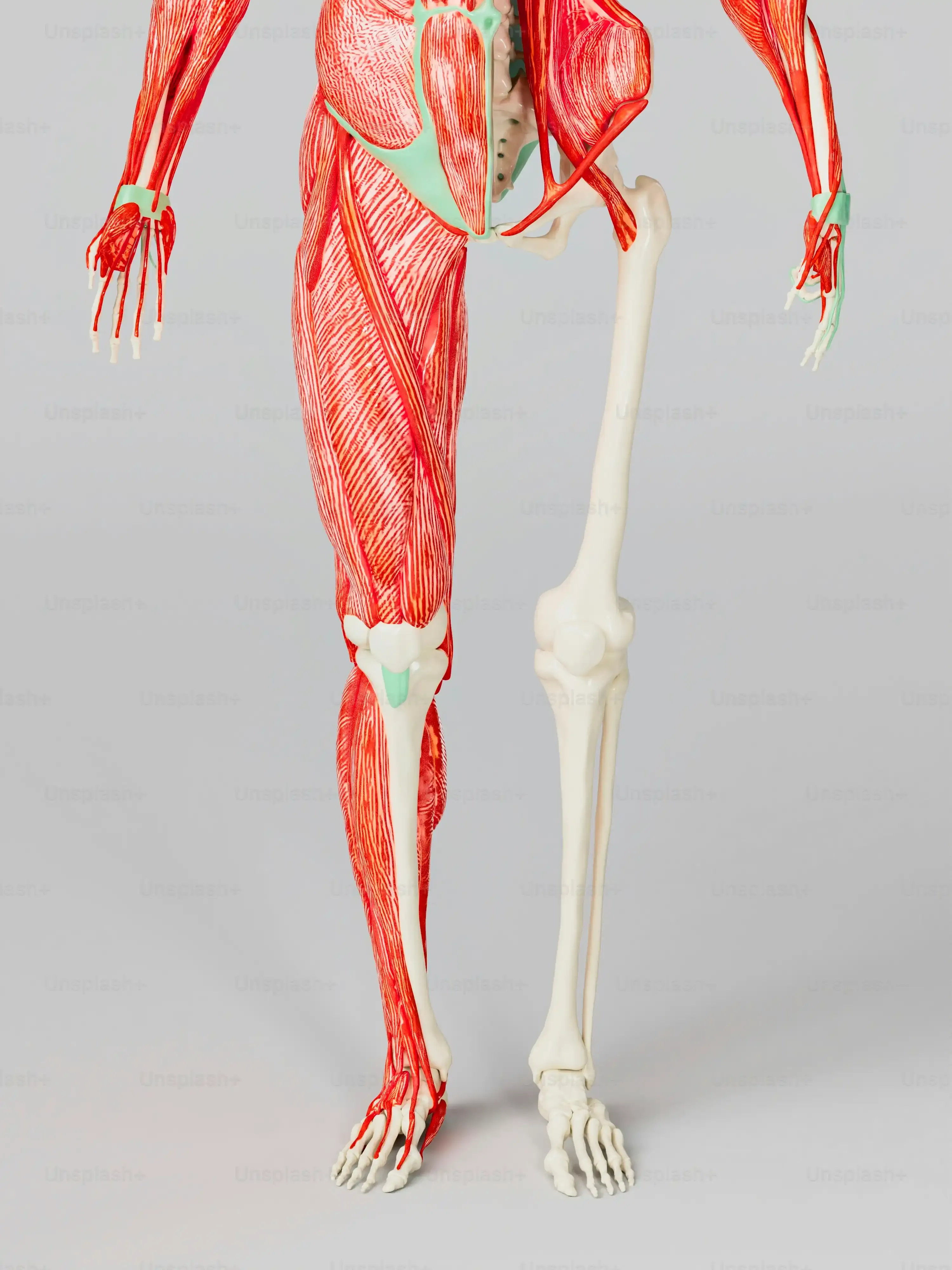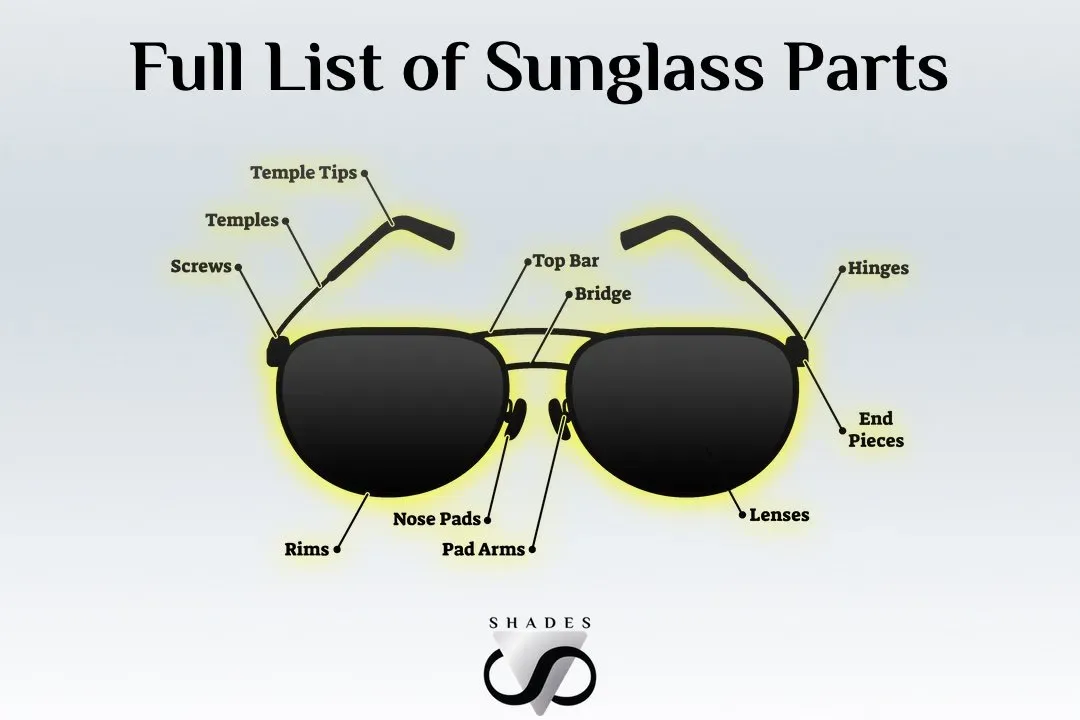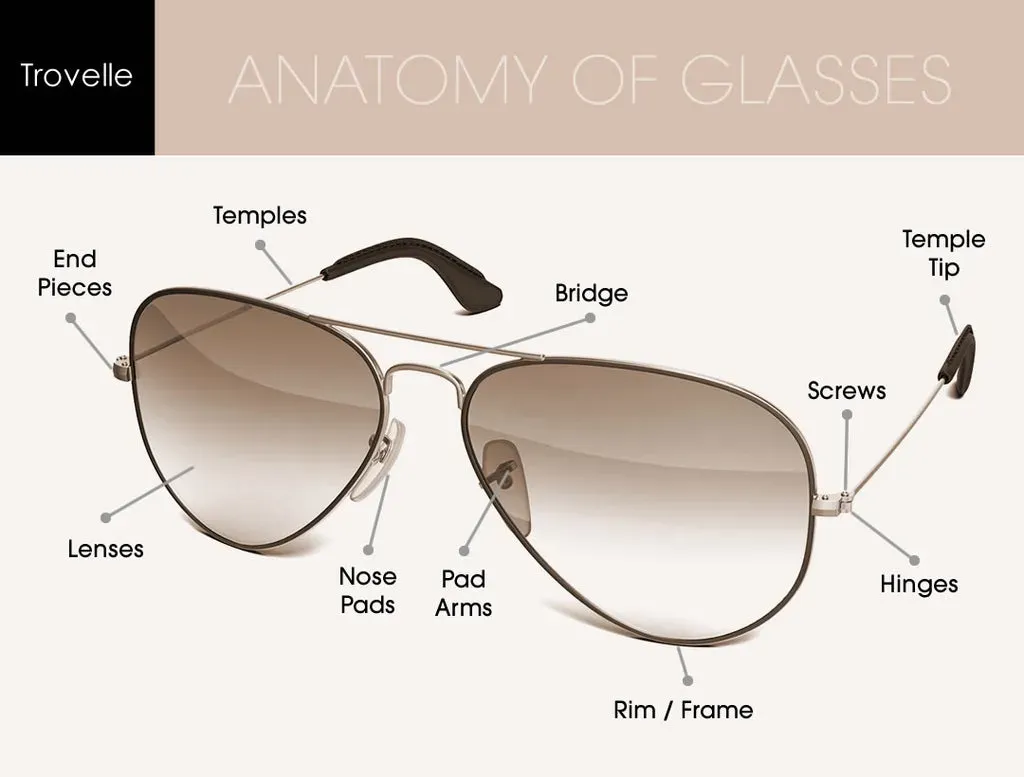Table of Contents
Ever held a pair of sunglasses and wondered what makes them, well, *them*? It's more than just tinted lenses and a frame. There's a whole hidden world of engineering and design that goes into keeping the sun out of your eyes and your style on point. Getting a handle on sunglass anatomy isn't just for eyewear geeks; it actually helps you understand why some pairs feel great and last forever, while others pinch your nose or slide down your face. It’s about knowing the difference between flimsy plastic and durable acetate, or why polarized lenses cost a bit more. This article dives into the fascinating world of sunglass anatomy, breaking down each crucial component. We'll explore everything from the lenses that protect your eyes to the tiny screws that hold it all together. By the end, you'll look at your favorite shades with a newfound appreciation and be better equipped to choose your next pair, whether you're hitting the beach or just strolling downtown.
What Makes Up Your Shades? Understanding Sunglass Anatomy Basics
What Makes Up Your Shades? Understanding Sunglass Anatomy Basics
Breaking Down the Essentials
Alright, so you're looking into sunglass anatomy? Smart move. Think of a pair of shades not just as a cool accessory, but as a mini-marvel of engineering. At its core, What Makes Up Your Shades? Understanding Sunglass Anatomy Basics starts with knowing the main players. You've got the lenses, which are obviously crucial for blocking sun and letting you see. Then there's the frame, the skeleton that holds everything together and gives the glasses their shape and style. But it's not just those two big pieces. There are smaller bits, often overlooked, that make a huge difference in comfort, fit, and durability. We're talking about the parts that rest on your nose, the bits that hook over your ears, and the tiny hinges that let them fold up neatly. Each part has a job, and understanding those jobs helps you appreciate the craftsmanship.
More Than Just Lenses and Frames
Beyond the obvious, dissecting sunglass anatomy reveals a network of interconnected components. The lenses fit into the frame front, which is the main piece that sits across your face. Attached to the frame front are the temples (sometimes called arms), which extend back to rest on your ears. Where the temples meet the frame, you find the hinges – these are key to how smoothly your glasses open and close. And let's not forget the nose pads, those little pieces that sit on your nose, often adjustable for a better fit. Even the tiny screws holding the hinges are part of the anatomy. It’s a system designed for function and form, keeping those protective lenses in the right place while looking good.
Key Basic Sunglass Components
- Lenses: The part you look through, blocks UV rays.
- Frame Front: Holds the lenses, shapes the front of the glasses.
- Temples (Arms): Extend back to rest on your ears.
- Hinges: Connect the temples to the frame, allow folding.
- Nose Pads: Rest on the bridge of your nose for comfort and fit.
The Frame Story: Materials, Styles, and Sunglass Structure
The Frame Story: Materials, Styles, and Sunglass Structure
Picking Your Frame Material: More Than Just Looks
Alright, let's talk frames. This isn't just the part that holds the lenses; it’s the structure, the backbone, and arguably the biggest style statement of your sunglass anatomy. When you're looking at The Frame Story: Materials, Styles, and Sunglass Structure, the material is a huge piece of the puzzle. You've got your classic plastics, but not all plastic is created equal. Acetate is a common one, made from cotton and wood fibers. It feels substantial, comes in wild colors, and you can heat it up to adjust the fit. It's got a certain quality you can feel. Then there's injected plastic, often nylon or similar polymers. Lighter, sometimes more flexible, great for sportier styles, but maybe not always screaming "luxury." Metals like stainless steel or titanium offer durability and a sleek, minimalist look. They can be incredibly strong but might bend if you sit on them wrong (ask me how I know). Some frames even use wood or bamboo for a unique, earthy vibe, though durability can vary.
Frame Styles and How They Sit
Beyond the material, the actual structure and style of the frame dictate how they look and feel on your face. You have full-rim frames, where the material completely surrounds the lens – sturdy, classic, lots of room for design. Semi-rimless means there's material on the top half, but the bottom edge of the lens is exposed, usually held in place by a thin wire or nylon thread – a lighter look. Rimless frames? Just the lenses, held by the bridge and temples, attached directly to the lens itself – minimal, almost invisible, but maybe not the most robust choice for rough and tumble activities. The bridge, that piece connecting the two lenses over your nose, also comes in different shapes and sizes, affecting fit and how the weight is distributed. Double bridges add a bit more style and structure. Understanding these elements of sunglass anatomy helps you figure out why some styles just don't feel right on your face, while others seem like they were made for you.
Common Frame Materials and Their Traits
- Acetate: Rich colors, moldable fit, good weight.
- Injected Plastic (Nylon, etc.): Lightweight, flexible, often used for sport.
- Metal (Stainless Steel, Titanium): Durable, strong, sleek look.
- Wood/Bamboo: Unique, eco-friendly options, variable durability.
The Lens Lowdown: Types, Tech, and Eye Protection in Sunglass Anatomy
The Lens Lowdown: Types, Tech, and Eye Protection in Sunglass Anatomy
Beyond Just Tinted Plastic: The Core of Eye Protection
so you've got the frame sorted, but let's be real, the lenses are where the magic happens in sunglass anatomy. It’s not just about making the world look a little darker. The Lens Lowdown: Types, Tech, and Eye Protection in Sunglass Anatomy starts with understanding that lenses are the primary barrier between your precious eyeballs and the sun's not-so-friendly rays. You might think a cheap pair with dark lenses is doing the job, but sometimes that just makes your pupils dilate, letting *more* harmful light in if there's no proper UV protection. Good lenses block 100% of UVA and UVB rays. That's non-negotiable. You'll find lenses made from various materials like polycarbonate, which is super impact-resistant and lightweight, great for sports. CR-39 plastic is common too, offering good optical clarity. Glass lenses give the best clarity but are heavier and can shatter. Each material has its pros and cons, impacting both performance and price.
Polarization, Coatings, and Other Lens Wizardry
Once you're past the basic material and UV protection, you get into the fun stuff: lens technology. Polarization is a big one. Ever notice how light reflects off water or a wet road, creating that blinding glare? Polarized lenses have a special filter that blocks this horizontal glare, making things clearer and reducing eye strain. It's a game-changer for driving, fishing, or being out on the water. Then there are coatings – scratch-resistant coatings are a must unless you enjoy foggy lenses. Anti-reflective coatings on the back of the lens stop light from bouncing off the lens and into your eye. Mirror coatings are purely aesthetic, reducing visible light transmission and making you look cool. Gradient lenses are tinted darker at the top and lighter at the bottom, handy for driving so you can see the dashboard clearly while blocking overhead sun. Photochromic lenses, the ones that change tint based on UV light, are also an option if you hate switching between regular glasses and sunglasses.
Popular Lens Types and Their Benefits
- Polarized: Reduces glare from reflective surfaces.
- Polycarbonate: Impact-resistant, lightweight, good for sports.
- CR-39 Plastic: Good optical clarity, standard choice.
- Glass: Excellent optical clarity, scratch-resistant, heavier.
- Photochromic: Changes tint based on UV light.
- Mirror Coated: Reduces visible light, adds style.
Choosing the Right Lens for the Job
So, how do you pick the right lens when you're diving into sunglass anatomy? Think about what you'll be doing most often. If you spend a lot of time driving or on the water, polarized lenses are probably worth the extra cost. If you're an outdoor adventurer, impact-resistant polycarbonate is a wise choice. For everyday wear, good old CR-39 with 100% UV protection is perfectly adequate. The color of the tint matters too, affecting how colors appear and how much light gets through. Gray tints are neutral and reduce overall brightness. Brown and amber tints enhance contrast, good for variable conditions. Green tints reduce glare and brighten shadows. Ultimately, the best lens is the one that fits your needs, protects your eyes effectively, and looks good doing it. Finding a great pair with the right lens tech, maybe even from a place like sunglasshub.org, makes a big difference.
The Unsung Heroes: Small Parts of Sunglass Anatomy That Count
The Unsung Heroes: Small Parts of Sunglass Anatomy That Count
Tiny Parts, Big Impact
so we've covered the big stuff – the frames and the lenses. But honestly, The Unsung Heroes: Small Parts of Sunglass Anatomy That Count are where comfort meets durability. Think about it: those little pieces are what make a pair wearable for more than five minutes without digging into your nose or sliding down your face every time you look down. We're talking about the nose pads, which, if they're cheap plastic molded into the frame, might be fine for some, but adjustable silicone pads? Game changer for finding that sweet spot on your bridge. Then there are the temple tips, the ends of the arms that go behind your ears. Hard plastic can chafe, but rubberized or softer materials grip better and feel way more comfortable over long periods. These aren't the flashy parts, but they're the ones you'll notice the most if they're wrong. It's like the difference between a perfectly tailored suit and one that's just 'close enough' – the details matter.
Essential Small Sunglass Parts
- Nose Pads: Cushioning pieces resting on the nose bridge.
- Nose Pad Arms: Adjustable wires holding separate nose pads.
- Temple Tips: The ends of the temples that rest behind the ears.
- Hinges: Mechanical joints allowing temples to fold.
- Screws/Rivets: Fasteners holding parts together.
- Endpieces: Where the frame front connects to the temples.
More Than Just Shades: The Takeaway on Sunglass Anatomy
So, we've dissected your favorite eyewear, piece by meticulous piece. Understanding sunglass anatomy isn't just trivia; it's practical knowledge. Knowing the role of each part, from the bridge resting on your nose to the temple tips behind your ears, empowers you to make informed choices. It explains why a well-made frame feels balanced, why certain lenses perform better in specific conditions, and why investing in quality often pays off in comfort and durability. The next time you pick up a pair, you'll see past the style and recognize the functional architecture designed to protect your eyes and fit your face. It changes how you shop and how you appreciate the shades you already own.
